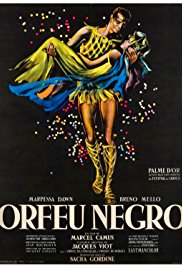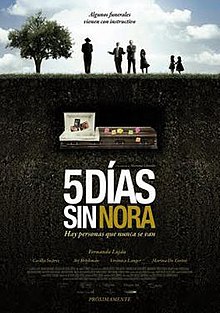This film is about a young, indigenous girl of Mayan descent in Guatemala who is named Maria. She was promised to an older man in marriage to secure the jobs and livelihoods of her parents. She wanted to run away to the United States with a boy named Pepe, who impregnated her before abandoning her. She attempts to ward off snakes, gets bitten, and is rushed to the hospital. The doctors claim that the baby died in the process, but we later come to find that the coffin was filled with a brick and not a corpse. The movie ends with Maria being prepped for another marriage.
This film relates to the unit where we covered indigenaity in Mexico. Due to the language barrier, impoverished state, and lack of formal education, indigenous peoples are taken advantage of. The way in which the hospital took it into its own hands to deliver and give away Maria’s child with no actual consent depicts the lack of rights given to indigenous persons. They are given no agency in their well-being and are wholly dependent upon adhering to systemic inequalities.
This film also shows different aspects of what one most people view as indigenous in practice such as superstitions. Maria and her family participated in offerings to the volcano, not killing the “sacred” snakes in the field, and attempting to ward the snakes off with the scent of Maria’s breast milk. Other stereotypes include alcoholism, manual labor, and hyper sexuality. The machismo attitude that is present in many Latin American countries is also displayed; women work all day farming, cleaning, cooking, and are not paid at all. The men work in the plantation and are paid, then arrive at the house to be waited on by the women in the household. It was interesting to see all these different ideas be portrayed seamlessly through the characters, without anything being explicitly stated.
Another cinematic element that was impactful was the identical opening and closing scenes, where Maria is getting prepped for her arranged marriage. This shows the vicious cycle of poverty experienced by the indigenous; without money, there’s no education. With no education, they do not learn Spanish. With this language barrier lodged in place, there is no way for these people to advocate for themselves. Without advocating and representation, they are stuck poverty. Thus the cycle continues.
As a critique, the movie felt longer than necessary, and probably could have been trimmed down from two hours to one and a half without losing any plot information. Otherwise, this movie was interesting and exciting in the way that unexpected plot twists kept happening.





